Cornelius Völker
31 August 2023 – 7 January 2024
Press release
Download Press ReleasePlease note: The use of the image material is only permitted free of charge in connection with current journalistic reporting on the relevant exhibitions and events, provided the copyright is named. Cropping of the illustrations is not permitted.
Whether lighter, leaf or lips, or heroin, heart or hands – as diverse as the motifs in Cornelius Völker’s (*1965) oeuvre are: the artist’s spirited and vividly coloured style of painting, often exploring familiar and everyday subjects shown in a new light, has always been characteristic of his work. Time and again, also objects generally deemed hardly worthy of painting find their way into Völker’s art. In this first institutional retrospective staged in his home city of Düsseldorf, the Kunstpalast is showing 85 oil paintings and 50 works on paper from all phases of the artist’s career.
Even during his final years as student at the Academy of Art Düsseldorf, Cornelius Völker developed his powerful style of figurative painting, in which realism and an expressive, impasto application of paint combine to form a distinct pictorial language. The artist lays bare surprising facets of the depicted motifs with a great deal of both virtuosity and humour. In the process, a fundamental theme continuously explored by the painter is time.
“Cornelius Völker’s painting is about the appearance and disappearance of things, making us aware of our perception of time, which although linear and constant occurs with complex accentuation and concentration in human history and culture,” points out Felix Krämer, Director General of the Kunstpalast. “The selection of work shown in our exhibition and its narrative connection points to Völker’s multifaceted and multilayered portrayal of time. It illustrates the inner connections existing within this apparently disparate image world,” explains Krämer.
Nine exhibition chapters guide viewers through Völker’s oeuvre. The introductory room explores the question as to the relevance of oil painting as a medium in the 21st century. Cornelius Völker’s pictures radiating with vibrant colours demonstrate how works of art can sharpen our perception and thus enhance our awareness of the present moment.
The chapter “People and Guinea Pigs” illuminates the ways in which Völker explores the tradition of the still life: In the paintings depicting guinea pigs as if they were pop stars, time seems to stand still and the different ways of painting take centre stage.
On the subject of “Temptation”, Völker has created a wealth of paintings: they feature chocolate, coffee, alcohol, but also harder drugs as well as a few handguns. They present unusual motifs, polarizing and touching upon a dark side of our existence.
Depictions of the human being and their precarious vulnerability are introduced in the chapter “Bodies”. Pictures of used tampons and plasters, of scars and organs, or of people stretching their throat entice viewers to take a detailed look when we would normally tend to avert our eyes.
“Cornelius Völker is as little afraid of existential themes as of humour and unconcealed decoration. The physical characteristics of his pictures illustrate the time the painter spent with his respective work. The only time that he is unable to control, and does not need to, is that of the viewer. The medium of painting is very generous with this time – we are in a position to decide for ourselves. Völker’s works clearly suggest that we should give a great deal of time back to this outstanding painter,” curator Kay Heymer is convinced.
An important theme for Cornelius Völker is that of “Plants”, the depiction of which is particularly well suited to drive home the notion of time passing. As regards this theme, the artist revisits a long tradition of European painting: Flower still lifes symbolising the transience of life.
In another room, the section “Flowing Colours” presents around 50 works on paper, which, alongside paintings, play an important role in Cornelius Völker’s oeuvre. The drawings and watercolours on display date from 1998 to 2023 and were often created in parallel to paintings on the same themes, and some of them take up the same motifs. Nevertheless, rather than being preparatory studies or sketches, these works exist in their own right.
In many of his still lifes the artist refers to the tradition of painting, as is illustrated in the room “Ephemerality”. Whether it is a vase with flowers, a lit lighter, a still life of pickled fruit, or the ash left by an extinguished candle: Völker explores old motifs traditionally used for depictions of ephemerality and transfers them to the present.
An extensive group of works introduces “Paper” as a motif in different variations: snippets, newspapers, photographs, Post-it notes, postcards, crumpled up, stacked, hung up – the significance of this material for Völker is also illustrated by the wealth of his pictures on the theme of “Books”, represented by four paintings shown in a separate exhibition section in the final room, depicting art books stacked and flipped open, but also a pile of books turning to ash: Another meditation on ephemerality.
Cornelius Völker studied at the Academy of Art Düssedorf with A.R. Penck and Dieter Krieg from 1989 to 1995. In 2005 he was appointed Professor of Painting at the Academy of Art Münster. He lives and works in Düsseldorf.
The exhibition is presented in collaboration between the Kunstpalast Düsseldorf and Museum MORE in Gorssel.
Curators: Kay Heymer for the Kunstpalast, Maite van Dijk for Museum MORE in Gorssel
Please note: The use of the image material is only permitted free of charge in connection with current journalistic reporting on the relevant exhibitions and events, provided the copyright is named. Cropping of the illustrations is not permitted.
Press Images
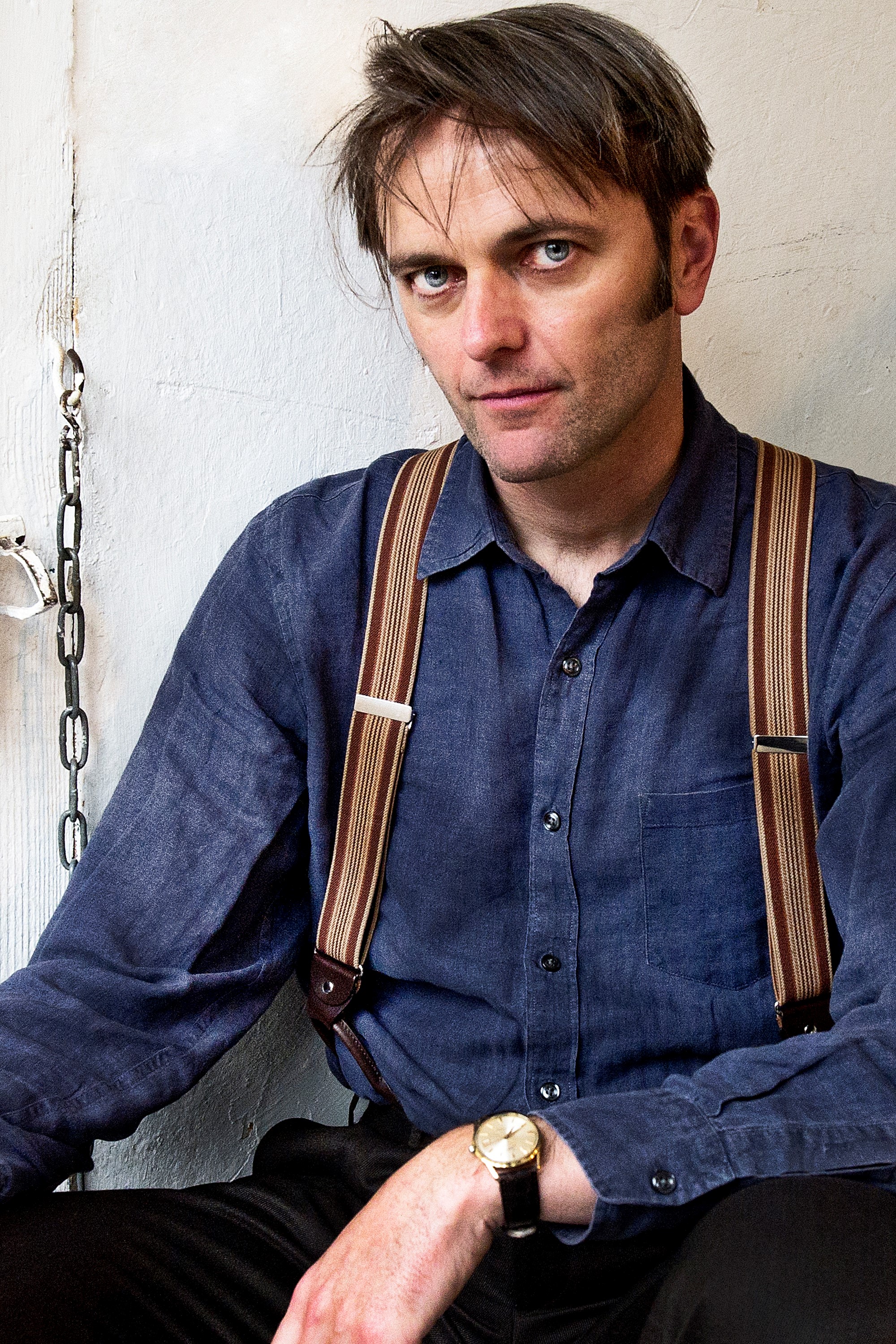
Cornelius Völker, Foto: Heike Göttert Goslar
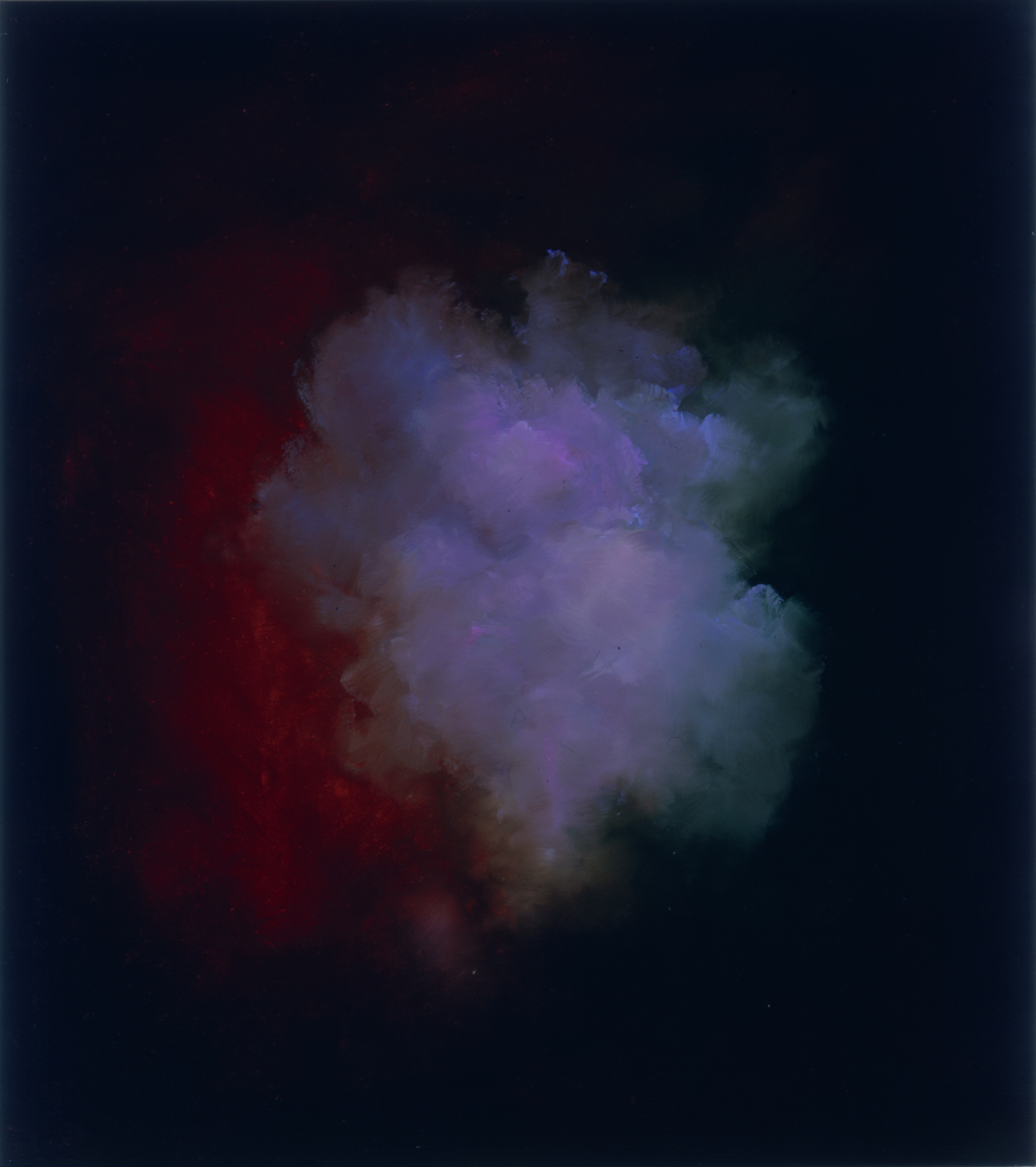
Cornelius Völker, Wolken, 2015, Öl auf Leinwand, 180 x 160 cm, Privatsammlung, © Cornelius Völker / VG Bild-Kunst, Bonn 2023, Foto: Christoph Münstermann, Düsseldorf

Cornelius Völker, Meerschweinchen, 2003, Öl auf Leinwand, 40 x 50 cm, Privatsammlung, © Cornelius Völker / VG Bild-Kunst, Bonn 2023, Foto: Meino von Eitzen, Wuppertal
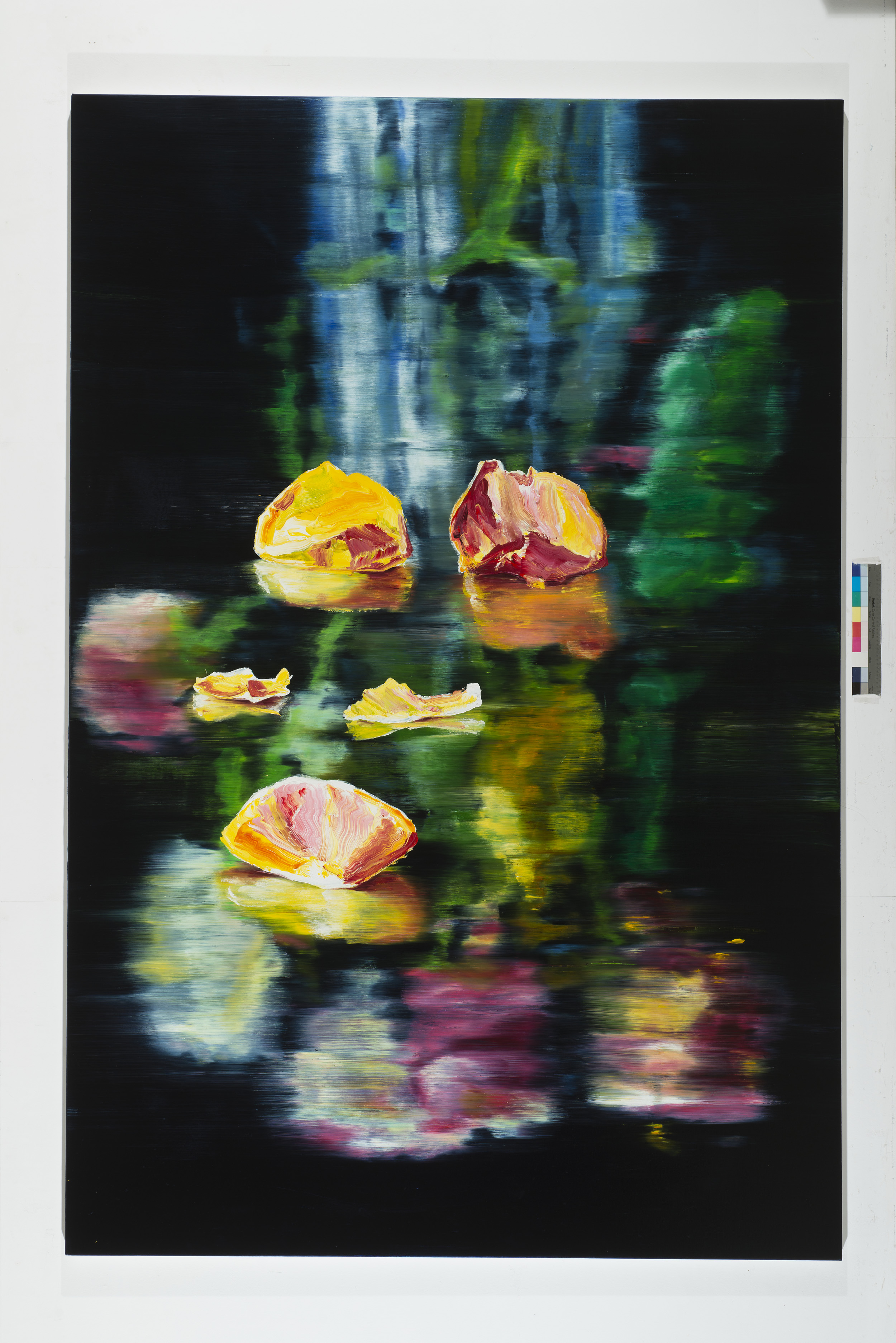
Cornelius Völker, Blüten, 2020, Öl auf Leinwand, 300 x 200 cmPrivatsammlung© Cornelius Völker / VG Bild-Kunst, Bonn 2023Foto: Christoph Münstermann, Düsseldorf
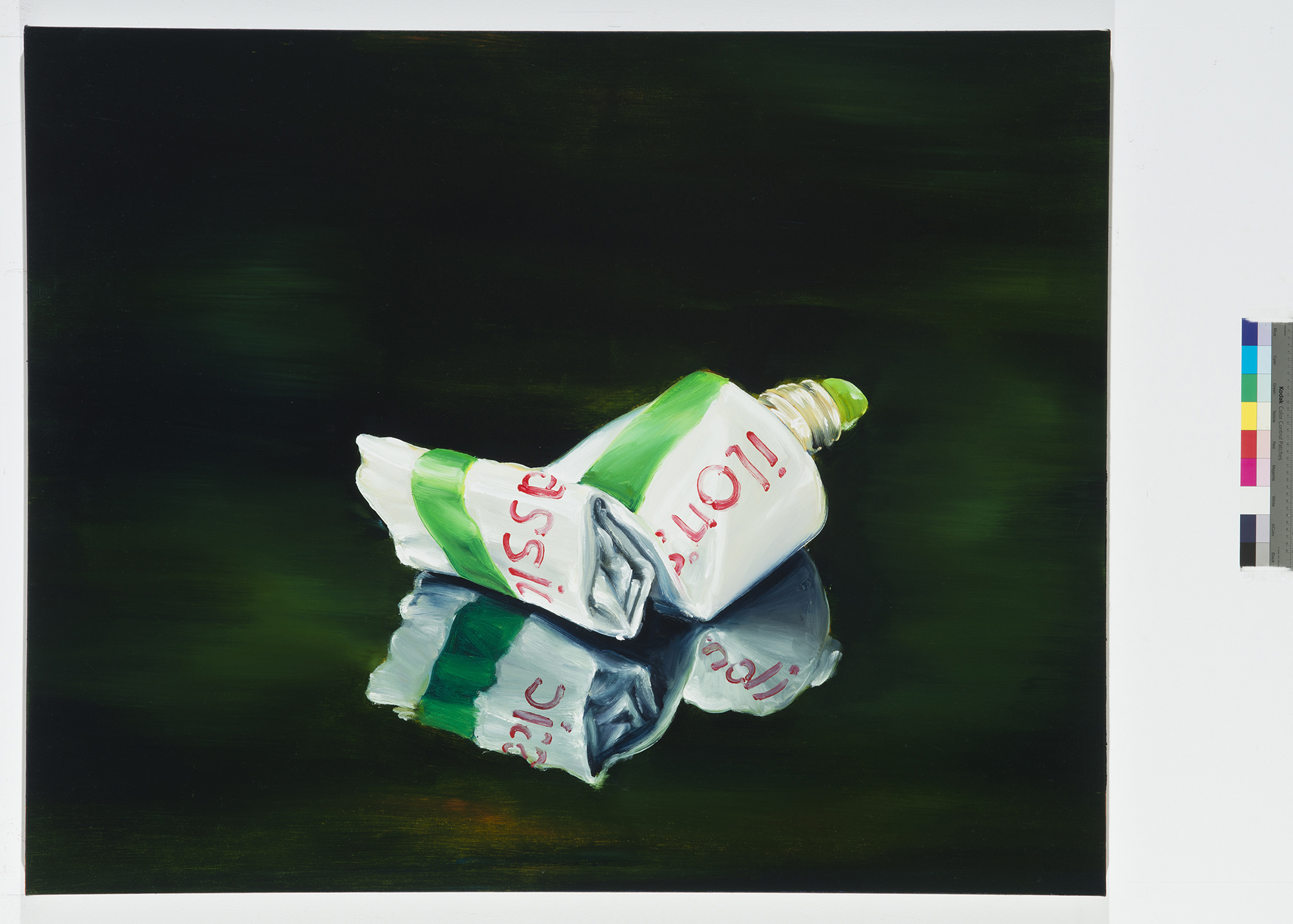
Cornelius Völker, Ilon-Salbe, 2015, Öl auf Leinwand, 120 x 150 cm, Im Besitz des Künstlers, © Cornelius Völker / VG Bild-Kunst, Bonn 2023
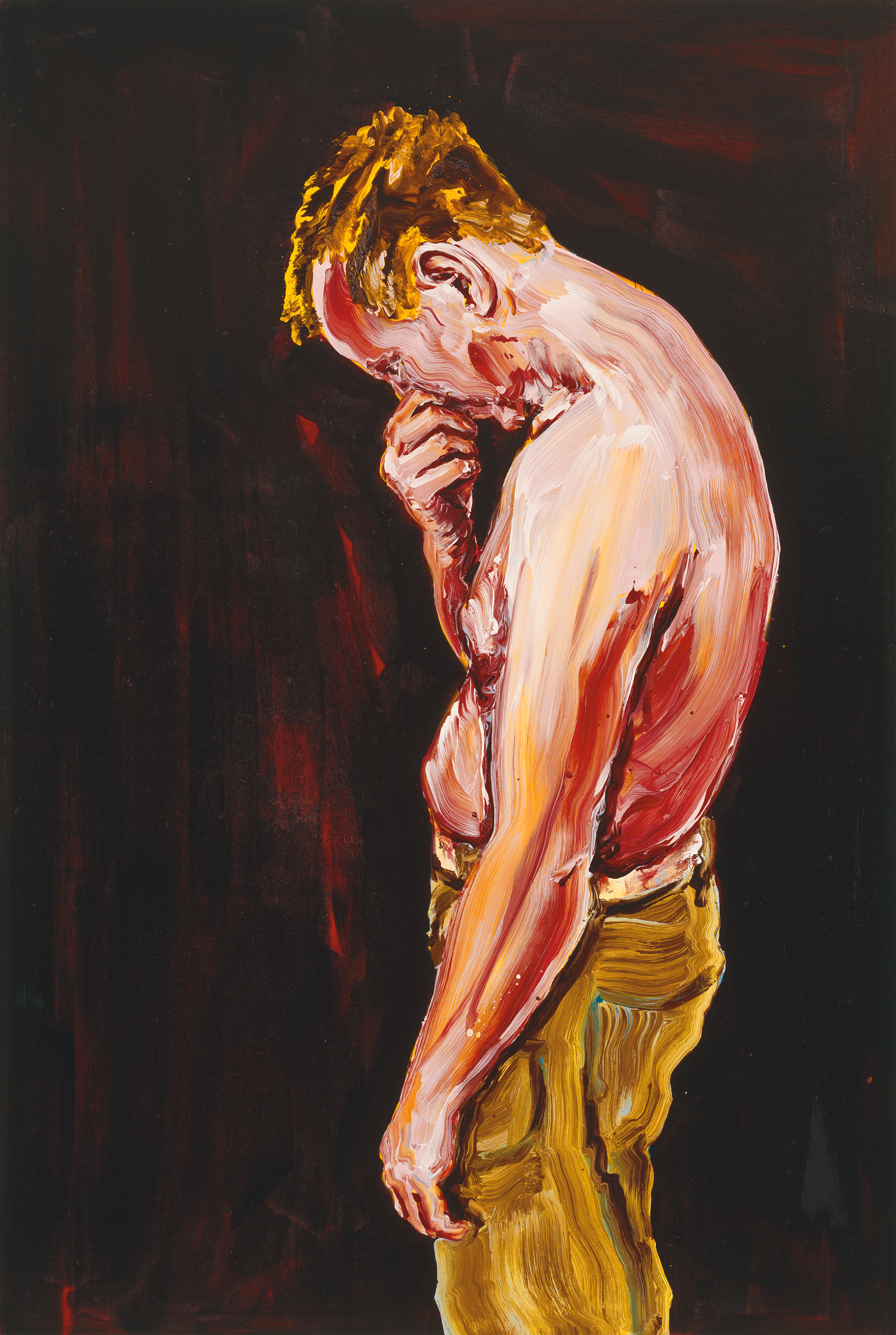
Cornelius Völker, Mann, 2007, Öl auf Leinwand, 220 x 150 cm, Im Besitz des Künstlers, © Cornelius Völker / VG Bild-Kunst, Bonn 2023
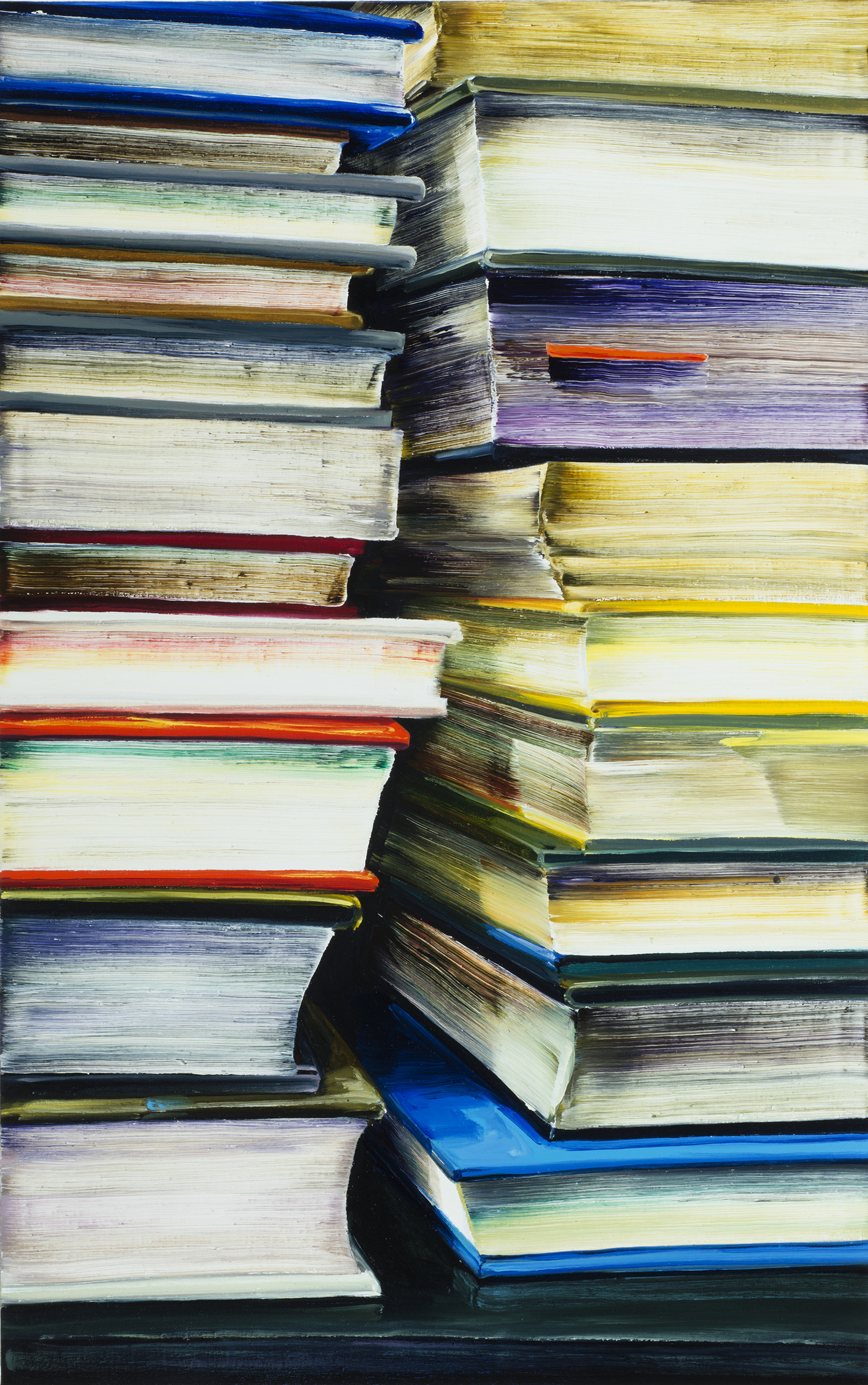
Cornelius Völker, Buchkanten, 2019, Öl auf Leinwand, 190 x 120 cm, Privatsammlung, © Cornelius Völker / VG Bild-Kunst, Bonn 2023, Foto: Christoph Münstermann, Düsseldorf
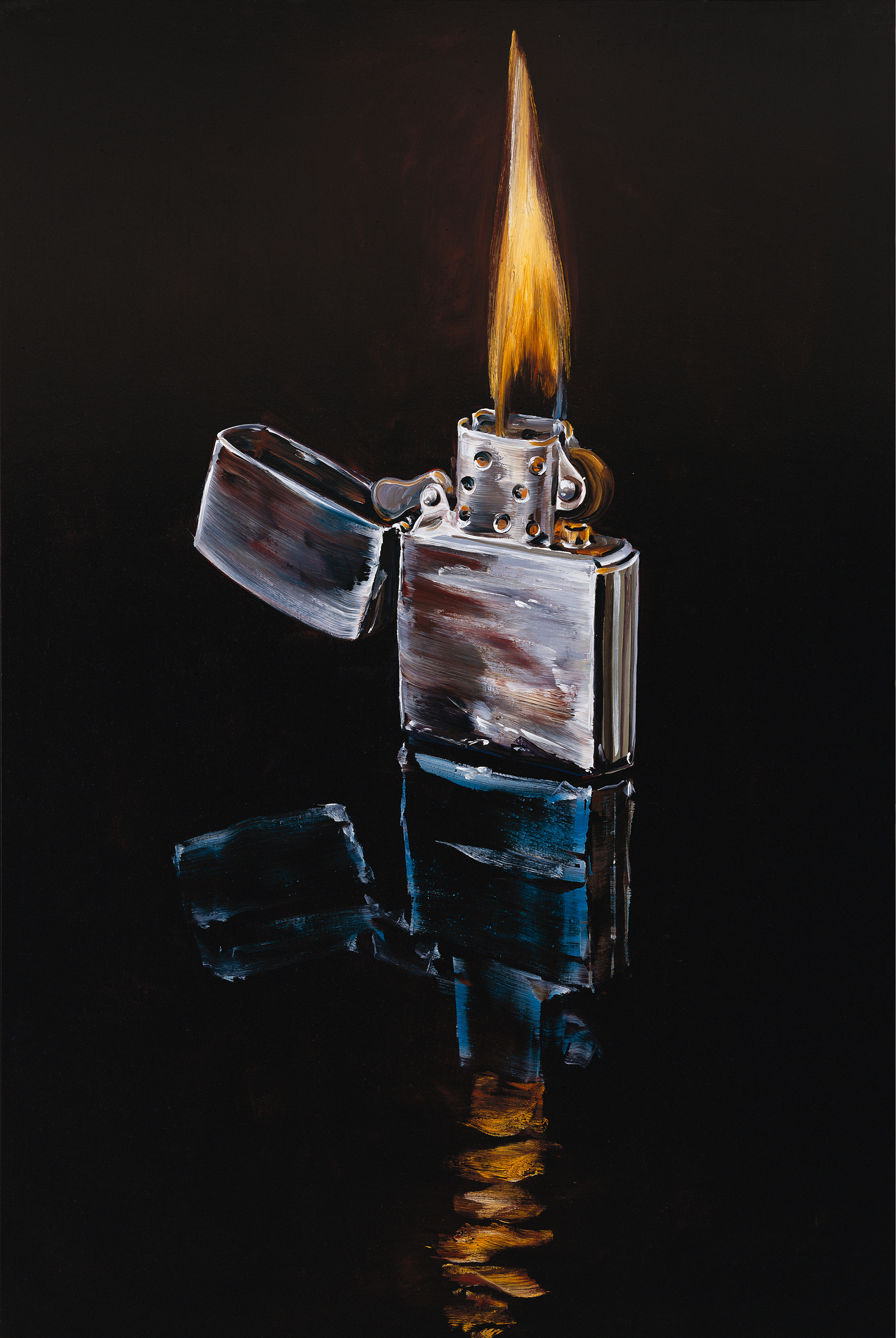
Cornelius Völker, Feuerzeug, 2010, Öl auf Leinwand, 240 x 160 cm, Privatsammlung, © Cornelius Völker / VG Bild-Kunst, Bonn 2023
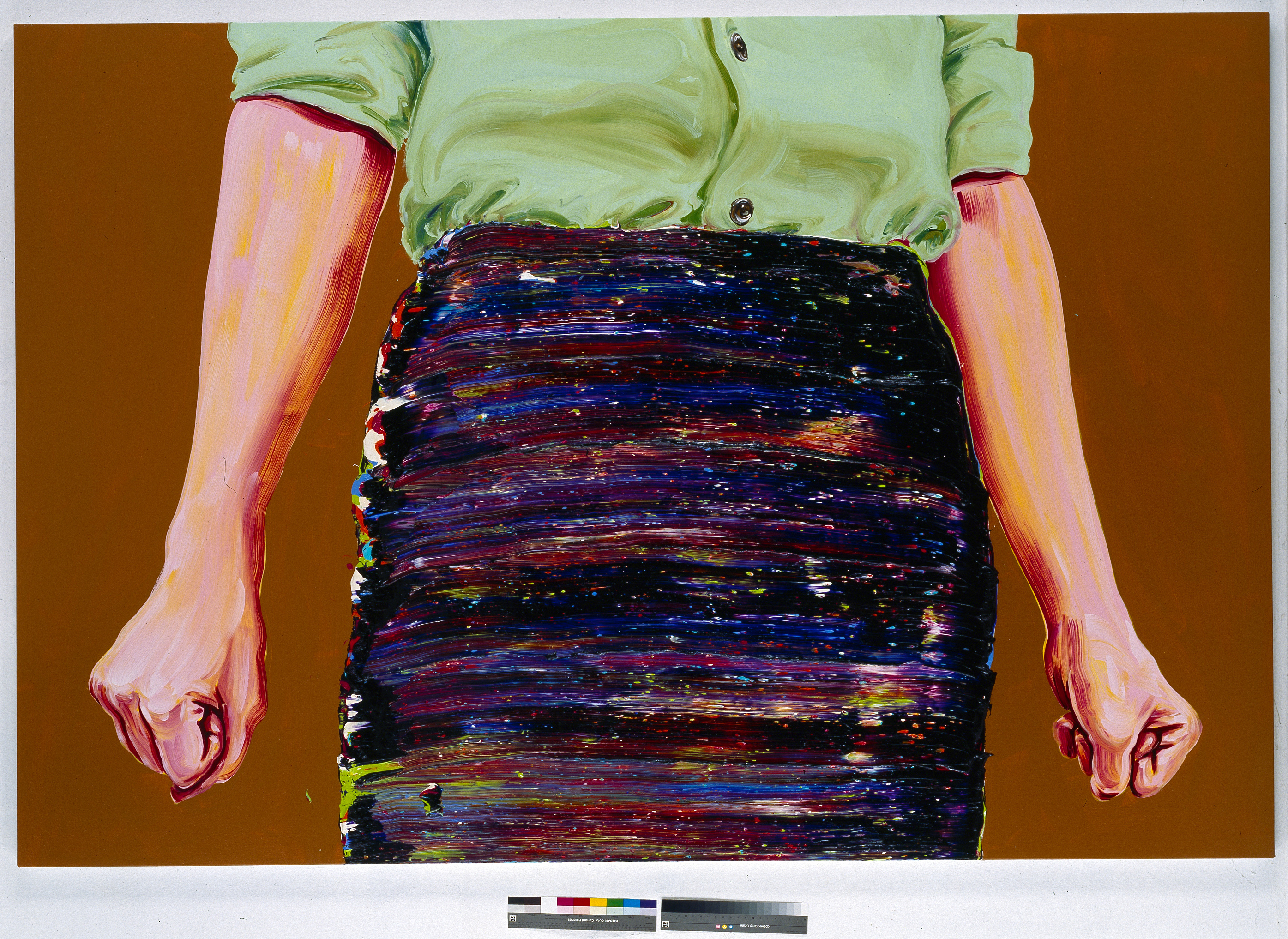
Cornelius Völker, Hände, 2003,Öl auf Leinwand, 200 x 300 cm,Privatsammlung, © Cornelius Völker / VG Bild-Kunst, Bonn 2023, Foto: Meino von Eitzen, Wuppertal
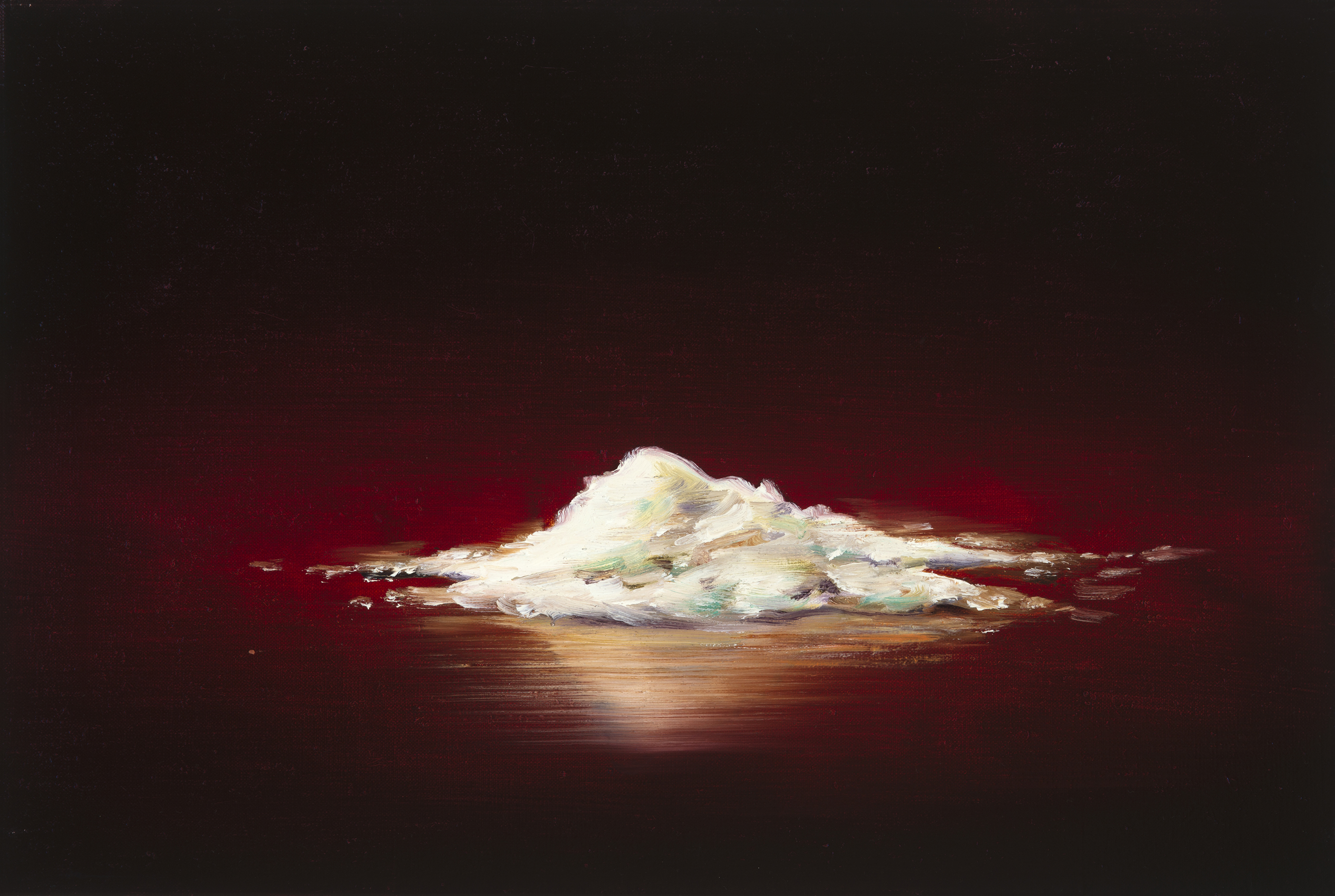
Cornelius Völker, Heroin, Drogen), 2021, Öl auf Leinwand, 40 x 60 cm, Im Besitz des Künstlers, © Cornelius Völker / VG Bild-Kunst, Bonn 2023 / Foto: Christoph Münstermann, Düsseldorf
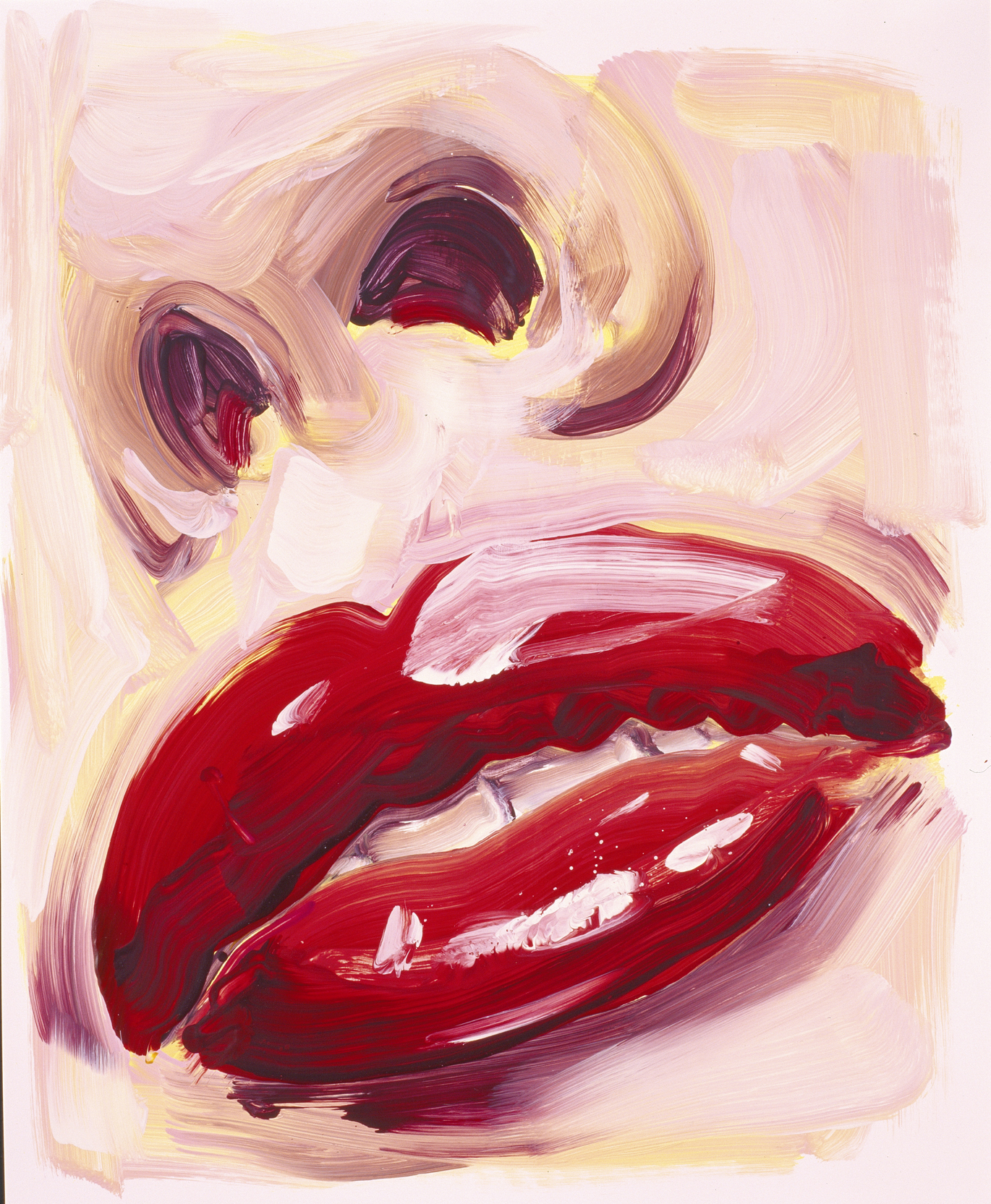
Cornelius Völker, Lippen, 2005, Ölfarbe auf Papier, 80 x 65 cm, Privatsammlung, © Cornelius Völker / VG Bild-Kunst, Bonn 2023
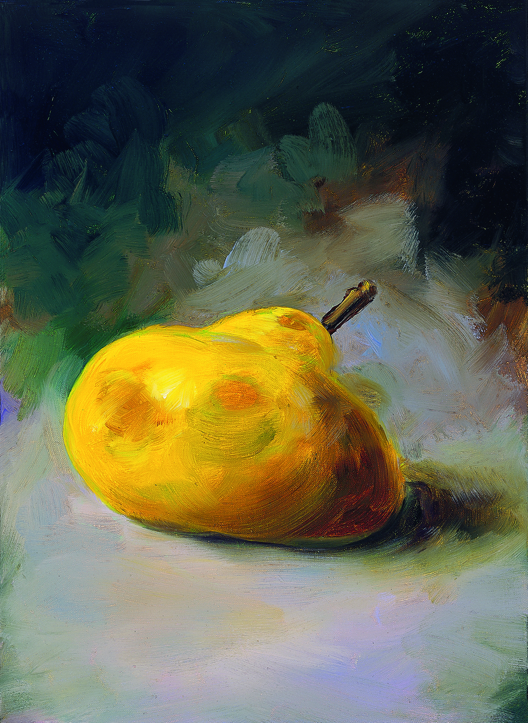
Cornelius Völker, Birne, 2016, Öl auf Leinwand, 55 x 40 cm, Privatsammlung, © Cornelius Völker / VG Bild-Kunst, Bonn 2023, Foto: Christoph Münstermann, Düsseldorf
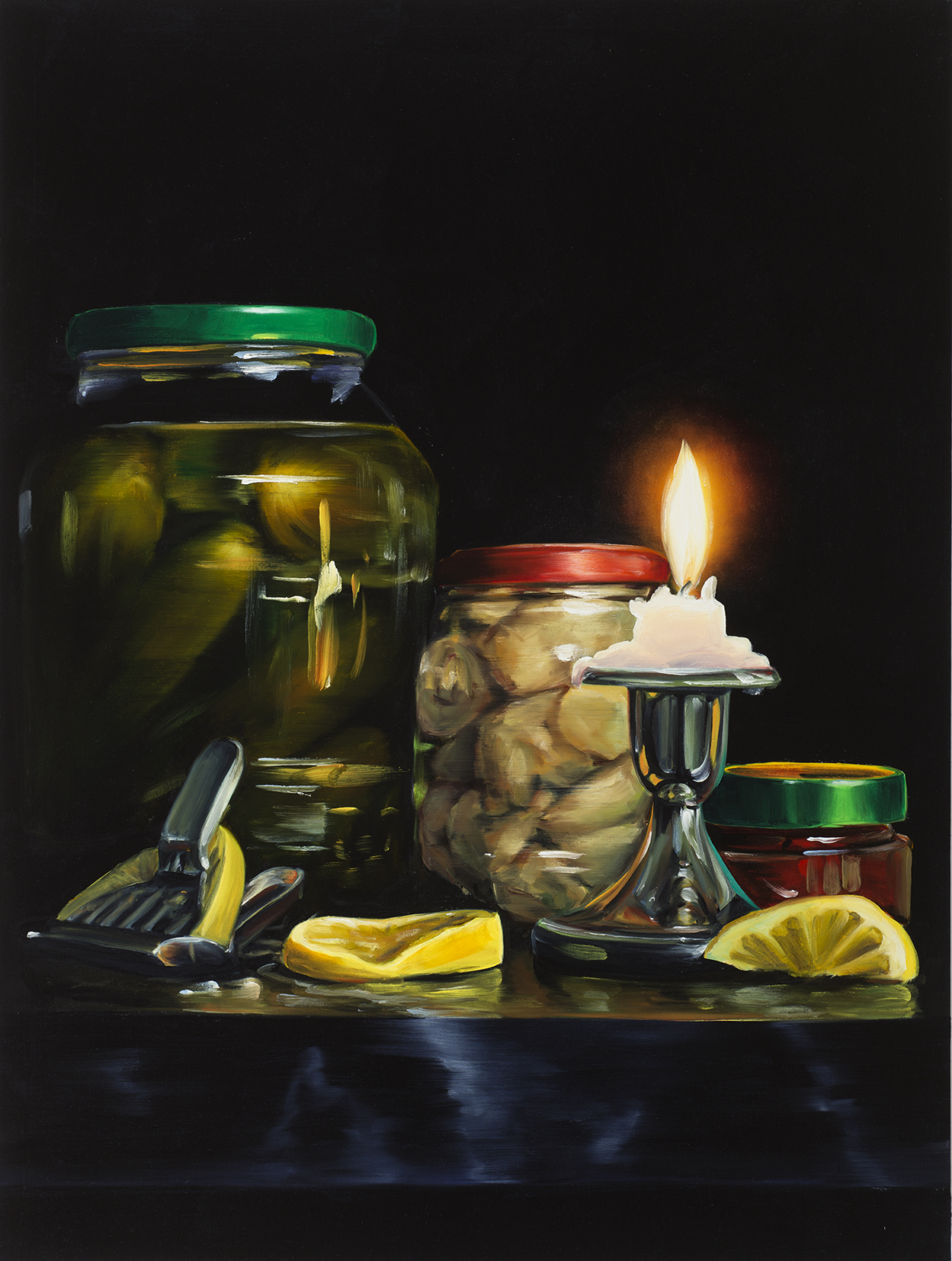
Cornelius Völker, Kerze mit Eingelegtem (Eingelegtes), 2021, Öl auf Leinwand, 200 x 150 cm, Privatsammlung, © Cornelius Völker / VG Bild-Kunst, Bonn 2023, Foto: Christoph Münstermann, Düsseldorf
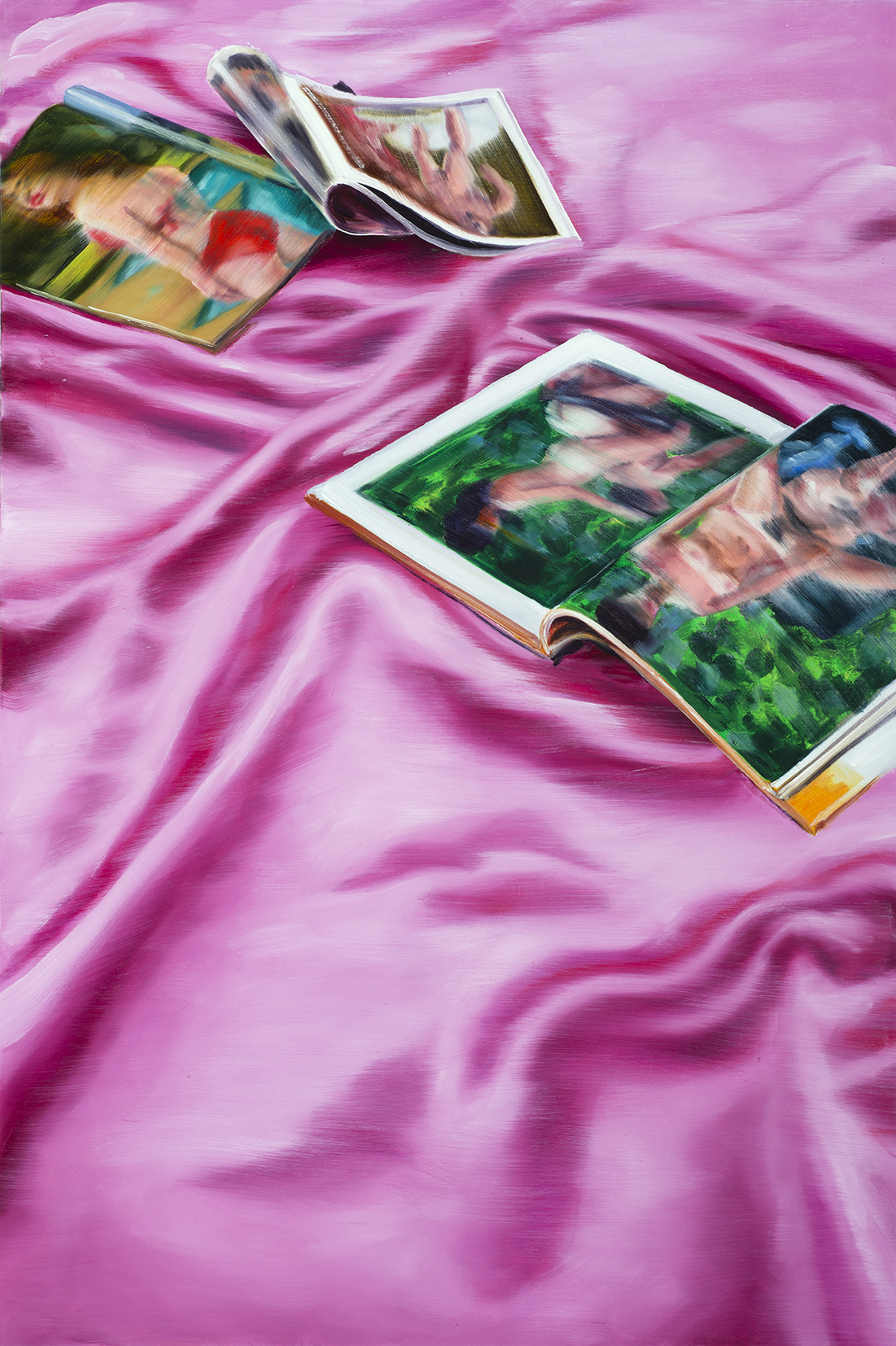
Cornelius Völker, Pornos, 2020,Öl auf Leinwand, 120 x 80 cm, Im Besitz des Künstlers,© Cornelius Völker / VG Bild-Kunst, Bonn 2023, Foto: Christoph Münstermann, Düsseldorf
Press contact
Sarah Wulbrandt
Head of Press
Christina Bolius
Press Staff